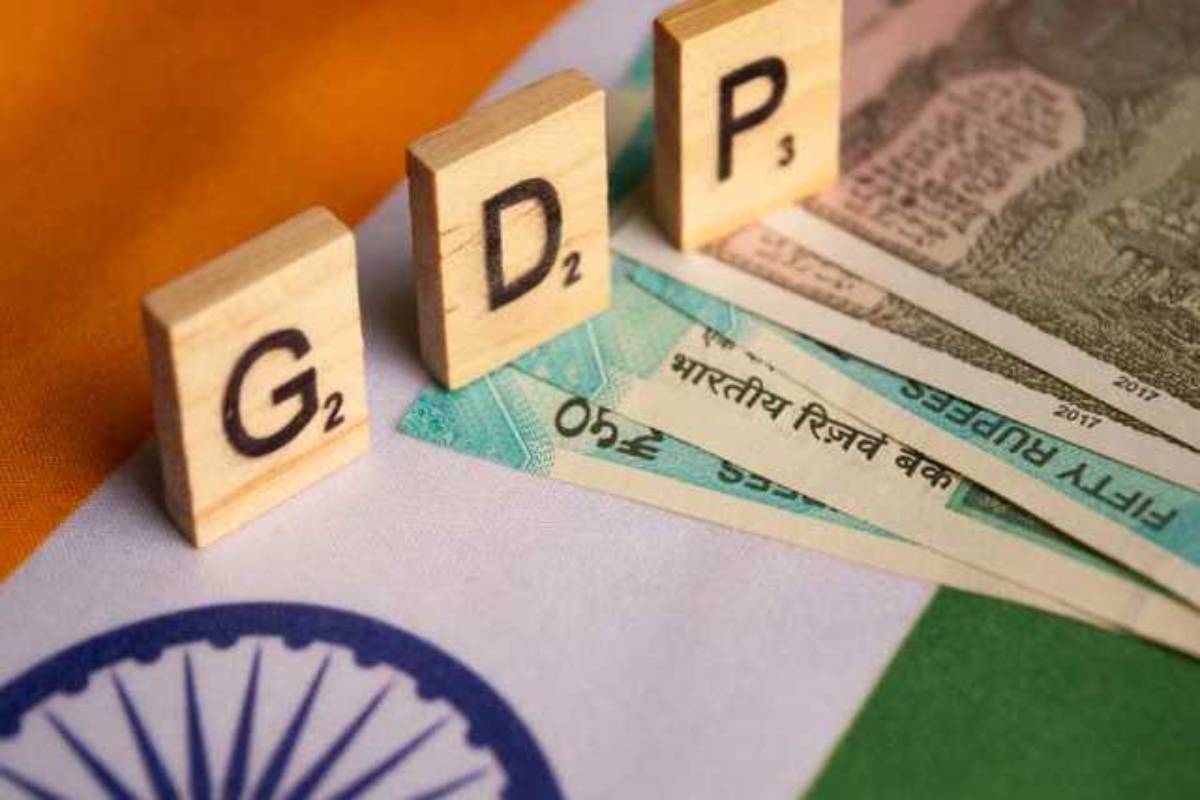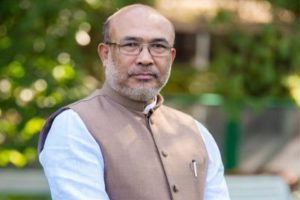The Indian economy emerges as a beacon of resilience, standing strong despite the headwinds of a global economic slowdown. The country’s GDP growth is forecast to have moderated to 6.8 per cent in the July-September quarter from the previous quarter’s robust 7.8 per cent. Yet, this is not a cause for alarm but rather a testament to the stability and dynamism of Asia’s third-largest economy. What makes India’s economic narrative unique is the nuanced interplay of factors that shape its growth trajectory. The country’s resilience stems from the diversity within its borders, where contrasting patterns of demand create a mosaic of economic activity. While global uncertainties cast a shadow on export growth, the beating heart of India’s economy lies in domestic demand, constituting a formidable 60 per cent of GDP growth. Urban centres, pulsating with life and economic vibrancy, have been the torchbearers of this resilience.
Despite an erratic monsoon leading to inflationary pressures, consumer demand in these bustling urban hubs has not wavered. The urban population, a significant driving force, continues to fuel economic growth, displaying a remarkable consistency even in the face of challenges. However, the economic tapestry is not uniform across the nation’s vast expanse. Two-thirds of Indians reside outside the bustling cities, and the ruralurban divide in consumption patterns is a notable feature. The July-September quarter witnessed a momentary dip in rural demand due to price hikes in everyday goods. Yet, economists are optimistic, predicting a transient phase as rural consumption regains its momentum. What sets India apart in this narrative is the foresight embedded in its growth strategy. The anticipated GDP growth, averaging 6.4 per cent this fiscal year, is not a result of happenstance but a product of strategic government interventions. A surge in government capital in the first six months of the fiscal year, is a substantial driver. This aligns with economists’ expectations that government spending will continue to rise in the lead-up to elections next year. Economists are divided between government spending and consumption. This duality encapsulates the multifaceted nature of India’s growth story, where both public and private sectors contribute significantly.
Advertisement
The Reserve Bank of India’s measured approach to interest rate adjustments stands in stark contrast to historic central bank moves in other economies, underscoring a nuanced policy framework that prioritises stability. Crucially, there is an optimistic consensus among economists that the gap between rural and urban consumption will narrow in the coming two to three years. This aligns with expectations of a recovery in private consumption growth, fuelled by an improvement in purchasing power as core inflation moderates. India’s economic narrative is not just a story of growth percentages but a tale of resilience, diversification, and strategic policymaking. As the world navigates the uncertainties of a global economic slowdown, India’s ability to chart its course and remain the fastest-growing major economy is testament to its unique economic fabric











